A stunning facade can elevate a house exterior from ordinary to extraordinary. The exterior of a house is its first impression, setting the tone for what lies within. A well-designed facade not only enhances the aesthetic appeal of a home but also adds value and charm. There are endless possibilities when it comes to designing a facade for your house. From traditional to modern, sleek to ornate, the options are vast and varied. Choosing the right facade for your home is an important decision that requires careful consideration of various factors such as architectural style, materials, colors, and overall aesthetic appeal. One of the key elements of a beautiful facade is the use of materials. The choice of materials can greatly impact the look and feel of a house exterior. Common materials for facades include brick, stone, wood, metal, and stucco. Each material has its own unique characteristics and can be used to create a specific design aesthetic. Brick is a classic choice for facades, known for its durability and timeless appeal. Brick facades can range from traditional red bricks to modern white or black bricks, offering a wide variety of design options. Stone facades, on the other hand, exude elegance and sophistication. Natural stone, such as granite or limestone, can create a luxurious and high-end look for a house exterior. Wood is another popular material for facades, lending a warm and inviting feel to a home. Wooden facades can be designed in various styles, from rustic to contemporary, and can be stained or painted in different colors to achieve a desired look. Metal facades, such as steel or aluminum, are often chosen for their sleek and modern appearance. Metal can be used to create dramatic facades with clean lines and minimalist design. Stucco is a versatile material that can be used to create a smooth, textured, or patterned facade. Stucco facades are popular for their sculptural quality and ability to add depth and dimension to a house exterior. Stucco facades can be painted in a wide array of colors, allowing for endless customization options. In addition to materials, color plays a crucial role in facade design. The color palette you choose for your house exterior can greatly influence its overall look and feel. Neutral colors such as white, beige, and gray are timeless choices that can create a sophisticated and elegant facade. Bold colors like blue, green, or red, on the other hand, can add personality and character to a house exterior. When selecting colors for your facade, consider the architectural style of your home and the surrounding environment. A facade that complements the natural landscape and architectural features of a house will create a harmonious and cohesive look. Pay attention to the play of light and shadow on your facade, as natural light can affect the perception of color. Apart from materials and colors, architectural details are another important aspect of facade design. Details such as windows, doors, trim, and accents can enhance the visual interest of a facade and highlight its architectural style. Consider the proportion, scale, and placement of these elements to create a balanced and harmonious facade. Windows are an integral part of a facade, providing natural light, ventilation, and views. The style and placement of windows can greatly impact the overall look of a house exterior. Choose windows that complement the architectural style of your home and enhance its aesthetic appeal.
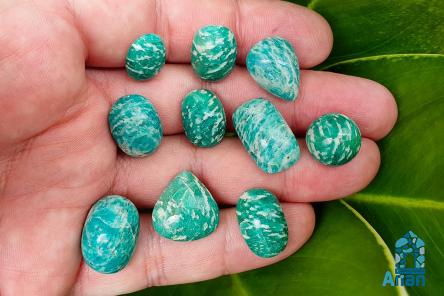
.
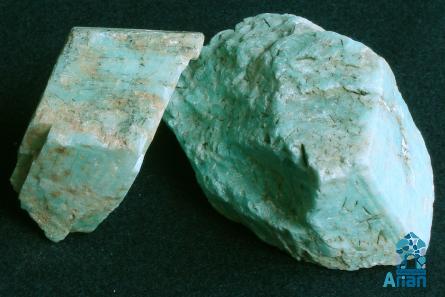 Consider the size, shape, and frame material of windows to create a cohesive and well-designed facade. Doors are another key architectural element that can make a statement on a facade. The front door is often the focal point of a house exterior and should be chosen with care. Consider the style, material, color, and hardware of the door to create a welcoming and inviting entryway. A unique and beautifully designed door can instantly elevate the curb appeal of a home. Trim and accents are finishing touches that can add character and charm to a facade. Consider adding decorative moldings, brackets, corbels, or other architectural details to enhance the visual interest of your facade. These elements can be painted in a contrasting color to create a striking effect or in a matching color for a more subtle look. Landscaping is another important aspect of facade design that should not be overlooked. A well-designed landscape can enhance the beauty of a house exterior and complement its architectural style. Consider the use of plants, trees, shrubs, flowers, and hardscape elements to create a cohesive and inviting facade. Pay attention to the scale, texture, and color of landscaping elements to ensure they harmonize with the overall design of your home. In conclusion, designing a beautiful facade for your house exterior requires careful consideration of various elements such as materials, colors, architectural details, and landscaping. A well-designed facade can enhance the aesthetic appeal of your home, increase its value, and create a lasting impression.
Consider the size, shape, and frame material of windows to create a cohesive and well-designed facade. Doors are another key architectural element that can make a statement on a facade. The front door is often the focal point of a house exterior and should be chosen with care. Consider the style, material, color, and hardware of the door to create a welcoming and inviting entryway. A unique and beautifully designed door can instantly elevate the curb appeal of a home. Trim and accents are finishing touches that can add character and charm to a facade. Consider adding decorative moldings, brackets, corbels, or other architectural details to enhance the visual interest of your facade. These elements can be painted in a contrasting color to create a striking effect or in a matching color for a more subtle look. Landscaping is another important aspect of facade design that should not be overlooked. A well-designed landscape can enhance the beauty of a house exterior and complement its architectural style. Consider the use of plants, trees, shrubs, flowers, and hardscape elements to create a cohesive and inviting facade. Pay attention to the scale, texture, and color of landscaping elements to ensure they harmonize with the overall design of your home. In conclusion, designing a beautiful facade for your house exterior requires careful consideration of various elements such as materials, colors, architectural details, and landscaping. A well-designed facade can enhance the aesthetic appeal of your home, increase its value, and create a lasting impression.
..
 Whether you prefer a traditional, modern, rustic, or contemporary facade, there are endless design possibilities to choose from. Take the time to explore different options and create a facade that reflects your personal style and enhances the beauty of your home. The facade of a house exterior is a reflection of the homeowner’s style, taste, and personality. It is the first thing that visitors and passersby notice about a home, making it crucial to make a memorable and inviting impression. Whether you are renovating an existing facade or designing a new one from scratch, there are several key factors to consider in order to create a facade that enhances the overall beauty and appeal of your home. A well-designed facade not only adds aesthetic appeal to a house but also serves practical purposes such as providing protection from the elements, ensuring energy efficiency, and enhancing the overall functionality of the home. When designing a facade, it is important to consider not only the visual aspects but also the practical aspects that contribute to the overall performance and livability of the house. One important consideration when designing a facade is the architectural style of the home. The architectural style sets the tone for the design of the facade and influences the choice of materials, colors, and details. Whether your home is a traditional colonial, a modern minimalist, a rustic farmhouse, or a contemporary masterpiece, the facade should harmonize with the architectural style to create a cohesive and unified look. For a traditional architectural style, such as a colonial or Victorian home, consider using classic materials like brick, stone, or wood to create a timeless and elegant facade. Ornate details such as decorative moldings, columns, and trim can enhance the beauty and grandeur of a traditional facade. Choose colors that are in line with the historical context of the architectural style to create a sophisticated and refined look. In contrast, for a modern architectural style, such as a sleek and minimalist design, opt for materials like metal, glass, and stucco to create a clean and contemporary facade. Simple lines, geometric shapes, and neutral colors can emphasize the modern aesthetic and create a visually striking facade.
Whether you prefer a traditional, modern, rustic, or contemporary facade, there are endless design possibilities to choose from. Take the time to explore different options and create a facade that reflects your personal style and enhances the beauty of your home. The facade of a house exterior is a reflection of the homeowner’s style, taste, and personality. It is the first thing that visitors and passersby notice about a home, making it crucial to make a memorable and inviting impression. Whether you are renovating an existing facade or designing a new one from scratch, there are several key factors to consider in order to create a facade that enhances the overall beauty and appeal of your home. A well-designed facade not only adds aesthetic appeal to a house but also serves practical purposes such as providing protection from the elements, ensuring energy efficiency, and enhancing the overall functionality of the home. When designing a facade, it is important to consider not only the visual aspects but also the practical aspects that contribute to the overall performance and livability of the house. One important consideration when designing a facade is the architectural style of the home. The architectural style sets the tone for the design of the facade and influences the choice of materials, colors, and details. Whether your home is a traditional colonial, a modern minimalist, a rustic farmhouse, or a contemporary masterpiece, the facade should harmonize with the architectural style to create a cohesive and unified look. For a traditional architectural style, such as a colonial or Victorian home, consider using classic materials like brick, stone, or wood to create a timeless and elegant facade. Ornate details such as decorative moldings, columns, and trim can enhance the beauty and grandeur of a traditional facade. Choose colors that are in line with the historical context of the architectural style to create a sophisticated and refined look. In contrast, for a modern architectural style, such as a sleek and minimalist design, opt for materials like metal, glass, and stucco to create a clean and contemporary facade. Simple lines, geometric shapes, and neutral colors can emphasize the modern aesthetic and create a visually striking facade.
…
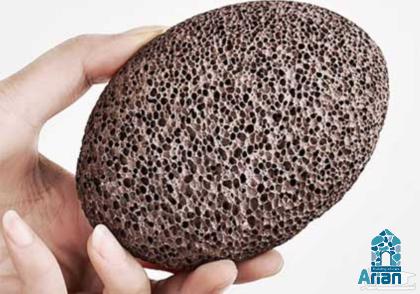 Incorporate large windows, asymmetrical elements, and minimalist details to enhance the modern appeal of the facade. When selecting materials for your facade, consider not only the aesthetic qualities but also the durability, maintenance, and environmental factors. Choose materials that are suitable for the local climate, that require minimal upkeep, and that are energy-efficient. Sustainable and eco-friendly materials like recycled wood, reclaimed brick, and energy-efficient windows can contribute to a green and environmentally conscious facade. Color plays a significant role in the design of a facade, influencing the overall mood, style, and character of a home. The color palette you choose should complement the architectural style of the home, harmonize with the surrounding environment, and reflect your personal taste. Consider the color of the roof, doors, windows, and landscaping when selecting the colors for your facade to create a cohesive and well-coordinated look. Warm and earthy tones like beige, taupe, and terracotta can create a welcoming and cozy facade, while cool and serene colors like blue, gray, and green can evoke a sense of calm and tranquility. Bold and vibrant colors like red, yellow, and orange can add a pop of personality and energy to a facade, making a bold statement and capturing attention. Experiment with different color combinations and shades to find the perfect match for your home’s facade. Architectural details are the finishing touches that add character, charm, and visual interest to a facade. Consider incorporating elements like shutters, awnings, balconies, porches, and decorative trim to enhance the architectural style and create a unique and personalized facade. Pay attention to the scale, proportion, and placement of these details to ensure they complement the overall design of the home. In conclusion, designing a beautiful and inviting facade for your house exterior is a creative and rewarding process that can transform the look and feel of your home. By considering factors such as architectural style, materials, colors, details, and landscaping, you can create a facade that reflects your personal style, enhances the beauty of your home, and leaves a lasting impression. Whether you prefer a traditional, modern, rustic, or contemporary facade, there are endless design possibilities to explore and customize to suit your unique vision and preferences. Create a facade that not only enhances the curb appeal of your home but also enriches your everyday living experience with beauty, functionality, and comfort.
Incorporate large windows, asymmetrical elements, and minimalist details to enhance the modern appeal of the facade. When selecting materials for your facade, consider not only the aesthetic qualities but also the durability, maintenance, and environmental factors. Choose materials that are suitable for the local climate, that require minimal upkeep, and that are energy-efficient. Sustainable and eco-friendly materials like recycled wood, reclaimed brick, and energy-efficient windows can contribute to a green and environmentally conscious facade. Color plays a significant role in the design of a facade, influencing the overall mood, style, and character of a home. The color palette you choose should complement the architectural style of the home, harmonize with the surrounding environment, and reflect your personal taste. Consider the color of the roof, doors, windows, and landscaping when selecting the colors for your facade to create a cohesive and well-coordinated look. Warm and earthy tones like beige, taupe, and terracotta can create a welcoming and cozy facade, while cool and serene colors like blue, gray, and green can evoke a sense of calm and tranquility. Bold and vibrant colors like red, yellow, and orange can add a pop of personality and energy to a facade, making a bold statement and capturing attention. Experiment with different color combinations and shades to find the perfect match for your home’s facade. Architectural details are the finishing touches that add character, charm, and visual interest to a facade. Consider incorporating elements like shutters, awnings, balconies, porches, and decorative trim to enhance the architectural style and create a unique and personalized facade. Pay attention to the scale, proportion, and placement of these details to ensure they complement the overall design of the home. In conclusion, designing a beautiful and inviting facade for your house exterior is a creative and rewarding process that can transform the look and feel of your home. By considering factors such as architectural style, materials, colors, details, and landscaping, you can create a facade that reflects your personal style, enhances the beauty of your home, and leaves a lasting impression. Whether you prefer a traditional, modern, rustic, or contemporary facade, there are endless design possibilities to explore and customize to suit your unique vision and preferences. Create a facade that not only enhances the curb appeal of your home but also enriches your everyday living experience with beauty, functionality, and comfort.
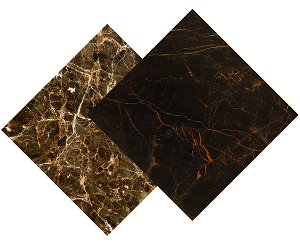
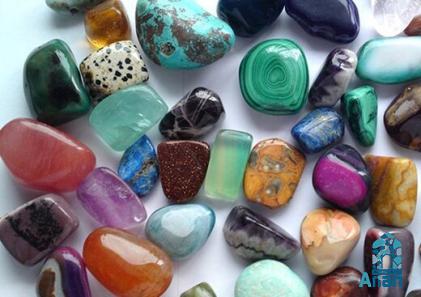


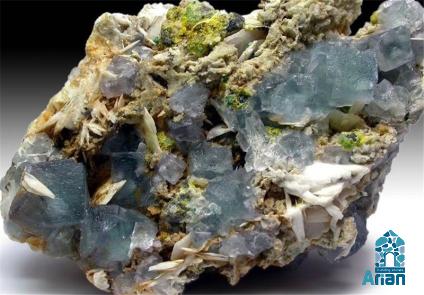
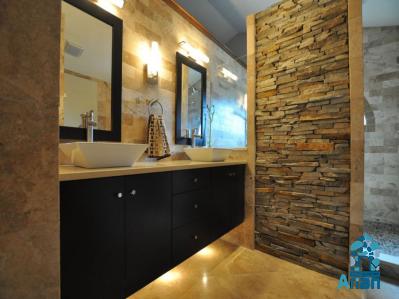
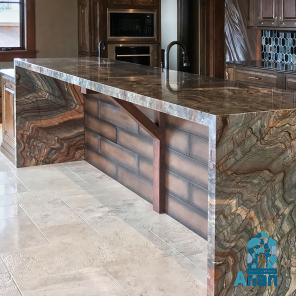
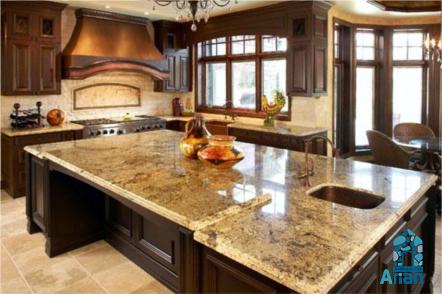


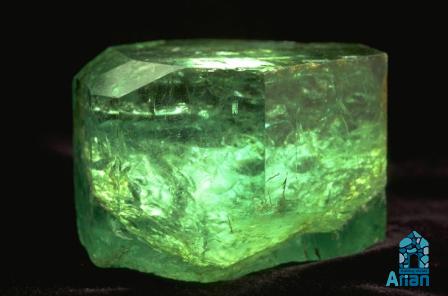
Your comment submitted.